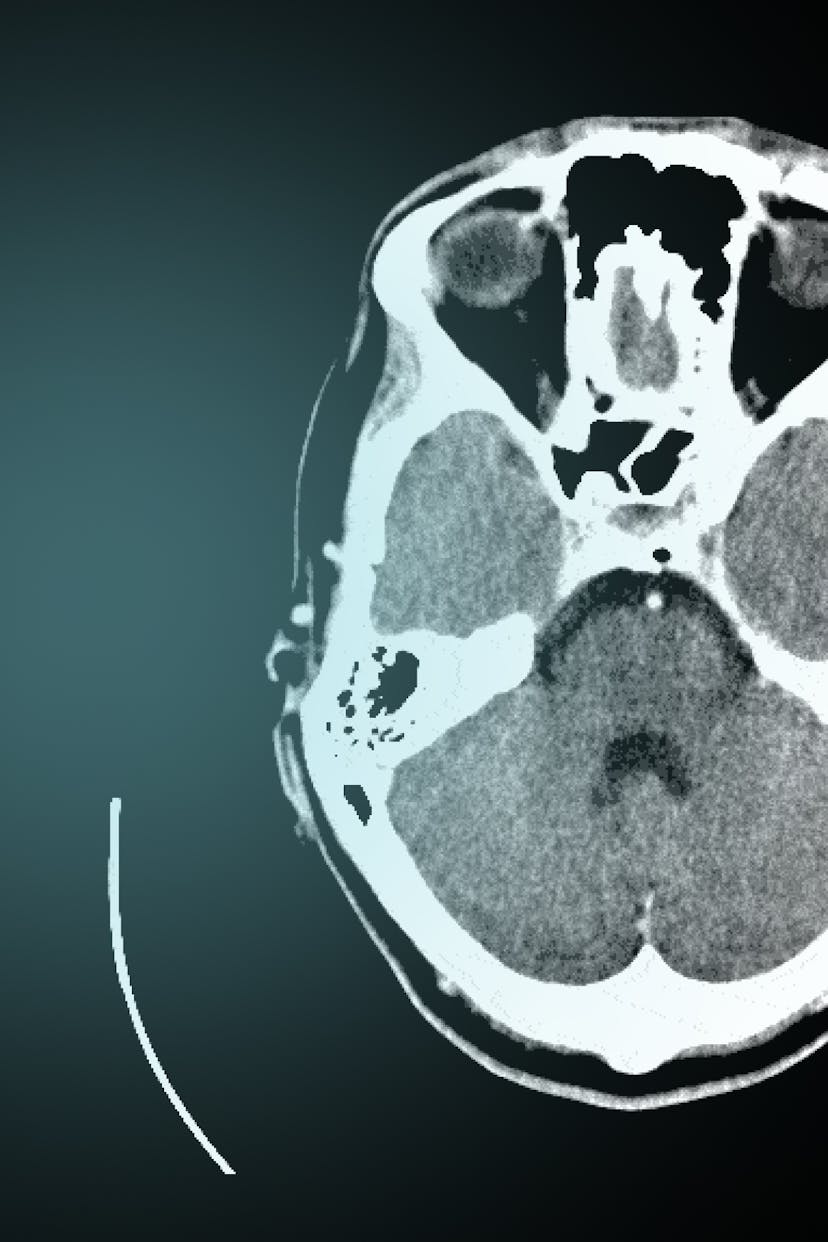← Back to Projects
Virtual Autopsies


Coronial investigations into sudden, unnatural, violent and accidental deaths occupy an important role in the Australian legal system. They require coroners to ascertain the identity of the deceased, determine the cause of a death and in many instances, make recommendations for reducing the occurrence of preventable deaths. A key element of the Australian coronial investigation has been the invasive autopsy, which is performed by a forensic pathologist if a coroner deems it necessary for determining the medical cause of death. In recent decades, the autopsy has become a site of contestation, especially for families of the deceased who oppose post-mortem dissections due to religious or cultural beliefs. Since the late twentieth century, forensic imaging technology, particularly post-mortem computed tomography (CT), has offered the ideal of a non-invasive, permanent, virtual autopsy.
This project examines how forensic imaging technology impacts coronial investigations in Australia. It focuses on how post-mortem CT has been used since the late twentieth century to supplement or as a triage for invasive autopsies for the purposes of identifying the deceased and determining the medical cause of a death. Little is known about how technological modifications to death investigations assist or hinder practitioners in fulfilling their statutory responsibilities under coronial law. The project thus aims to analyse how forensic imaging technology has transformed coronial investigations since the twentieth century and how it continues to affect the way coroners, pathologists, radiologists and other medico-legal personnel working in the jurisdiction perform their roles in the legal system. If the use of post-mortem CT is to be expanded in Australia, then it is critical to these debates that we examine the social and legal effects of the implementation of forensic imaging technology in coronial investigations.
Expected outcomes of this project include a framework for understanding how forensic imaging technology has been developed in coronial investigations, and the social and legal effects of using virtual autopsies as a supplement or triage for invasive autopsies. This should provide significant benefits for stakeholders of the coronial process, through a deeper understanding of how new technologies can be best implemented to improve the efficiency, accuracy and cost-effectiveness of coronial investigations.
The project is funded by an Australian Research Council Discovery Early Career Researcher Award (DE220100064).
Publications
Media

Forensic Necro-radiology
Karin Derkley
Karin Derkley, 'Forensic Necro-radiology', Law Institute Journal, 1 August 2025
Media

How do coronial inquests work?
Marc Trabsky
Marc Trabsky, 'How do coronial inquests work? Here’s what they can and can’t do', The Conversation, 9 July 2025.
Article

Forensic Radiology and the Testimony of Shadows
Marc Trabsky and Averyl Gaylor
Marc Trabsky and Averyl Gaylor, 'Forensic Radiology and the Testimony of Shadows' (2025) 34(5) Social & Legal Studies 695-713.
Media

Post-mortem Computed Tomography and Bereaved People’s Experiences of the Coronial Investigation
Marc Trabsky
Marc Trabsky, 'Post-mortem Computed Tomography and Bereaved People’s Experiences of the Coronial Investigation', Voicing Loss, 18 June 2024.
Book

The Routledge Handbook of Law and Death
Edited by Marc Trabsky and Imogen Jones
Marc Trabsky and Imogen Jones (eds), The Routledge Handbook of Law and Death (Routledge, 2025).
Media

Forensic imaging technology helps virtual autopsies outnumber invasive post-mortem procedures
Matilda Marozzi
Matilda Marozzi, ‘Forensic imaging technology helps virtual autopsies outnumber invasive post-mortem procedures’, ABC Radio Melbourne, 3 February 2023.
Chapter

Material Entanglements of the Corpse
Marc Trabsky and Jacinthe Flore
Marc Trabsky and Jacinthe Flore, ‘Material Entanglements of the Corpse’ in Jesse D Peterson, Natashe Lemos Dekker and Philip R Olson (eds), Death’s Social and Material Meaning beyond the Human (Bristol University Press, 2024) pp 156-167.